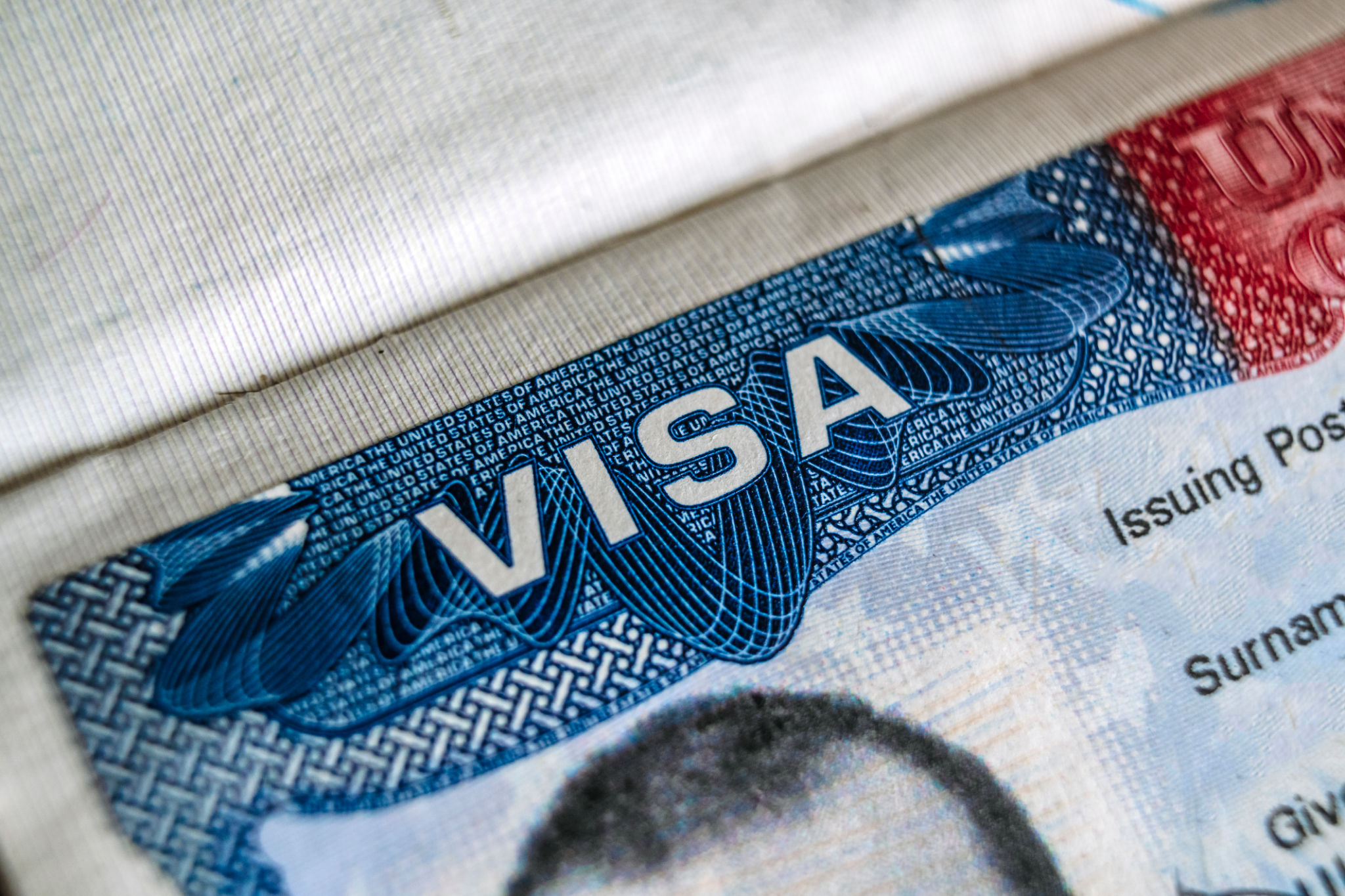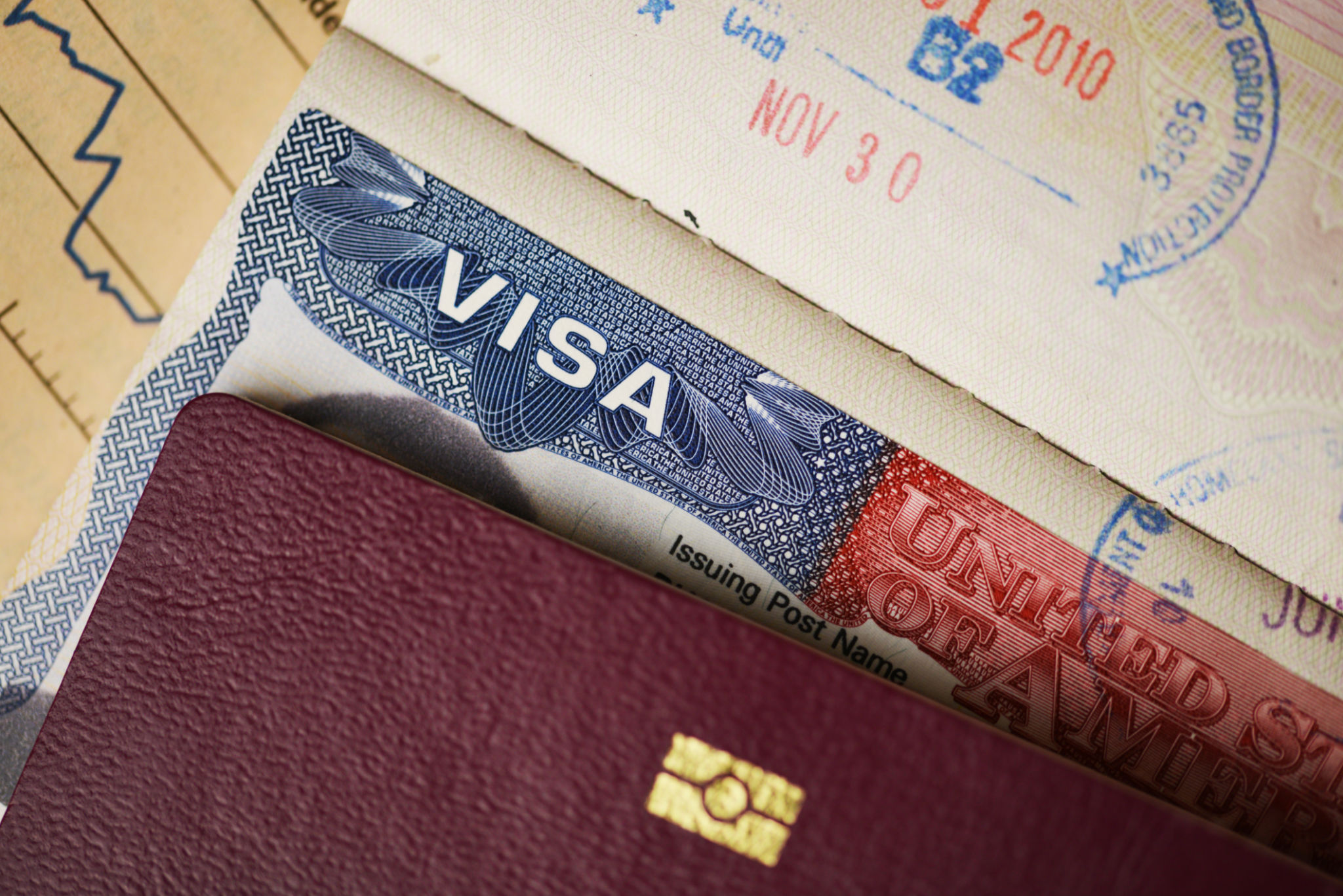Understanding the Different Types of U.S. Visas
Introduction to U.S. Visas
Navigating the world of U.S. visas can be complex, but understanding the different types available is crucial for anyone planning to visit, study, work, or live in the United States. U.S. visas are broadly categorized into non-immigrant and immigrant visas, each serving distinct purposes.

Non-Immigrant Visas
Non-immigrant visas are issued to individuals who intend to stay in the U.S. temporarily. These visas are typically for tourism, business, education, or short-term employment. It's important to note that each visa type has specific requirements and conditions.
Tourist and Business Visas
The B-1 and B-2 visas are popular non-immigrant visas. The B-1 visa is for business travelers attending conferences, consultations, or meetings, while the B-2 visa is for tourists visiting family or seeking medical treatment. Both types allow a stay of up to six months.
Student Visas
For those wishing to study in the U.S., the F and M visas are essential. The F visa is for academic students attending universities or colleges, while the M visa is for vocational students. Both require acceptance by a recognized institution before application.

Work Visas
Work visas enable foreign nationals to gain employment in the U.S. temporarily. The most common types include the H-1B, L-1, and O-1 visas. Each of these visas caters to different employment needs and qualifications.
H-1B Visa
The H-1B visa is designated for skilled workers in specialty occupations such as IT, engineering, and finance. It requires sponsorship by a U.S. employer and is valid for up to three years, with the possibility of extension.
L-1 Visa
The L-1 visa allows multinational companies to transfer employees from their foreign offices to a U.S. branch. It is divided into L-1A for managers and executives and L-1B for employees with specialized knowledge.

Immigrant Visas
Immigrant visas are for individuals who intend to live permanently in the U.S. These visas often lead to obtaining a green card, granting the holder permanent residency status. The process for obtaining an immigrant visa can be lengthy and requires meeting specific eligibility criteria.
Family-Based Visas
Family-based visas are available to close relatives of U.S. citizens or permanent residents. Categories include immediate relatives like spouses and children and family preference categories for extended family members.
Employment-Based Visas
Employment-based immigrant visas are available for individuals with job offers from U.S. employers. These are divided into preference categories based on skills, qualifications, and job sectors.

Conclusion
Understanding the different types of U.S. visas is essential for anyone considering traveling to or residing in the United States. Whether you're planning a short visit or looking to make the U.S. your home, knowing which visa fits your needs can streamline your application process and ensure compliance with U.S. immigration laws.
